Crowns
CEREC Prime Scan
We use a highly-sensitive camera to digitally scan the section of your mouth where a dental restoration will be placed. As the wand scans the area, it builds a virtual 3D model of your teeth and gums on a screen right in front of your eyes. Dr. Barr can fine-tune the area until the virtual model represents your mouth exactly.
Once the digital models of the teeth have been finished, Dr. Barr will digitally design a restoration right there on the screen. It will be designed to be fully functional and fit exactly in the area where it needs to be placed.
From there, this digital restoration will be sent to a milling machine where a color-matched block of porcelain will be precisely milled into the final restoration. The final restoration is test-fitted to the area and any final adjustments are made before securely bonding the restoration to the tooth. You will walk out of our office wearing the final restoration in a single dental visit.
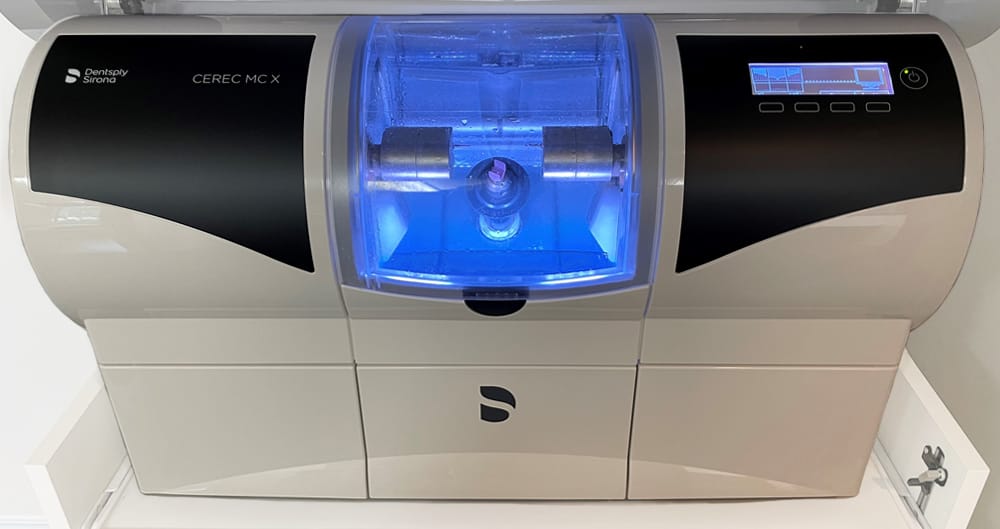
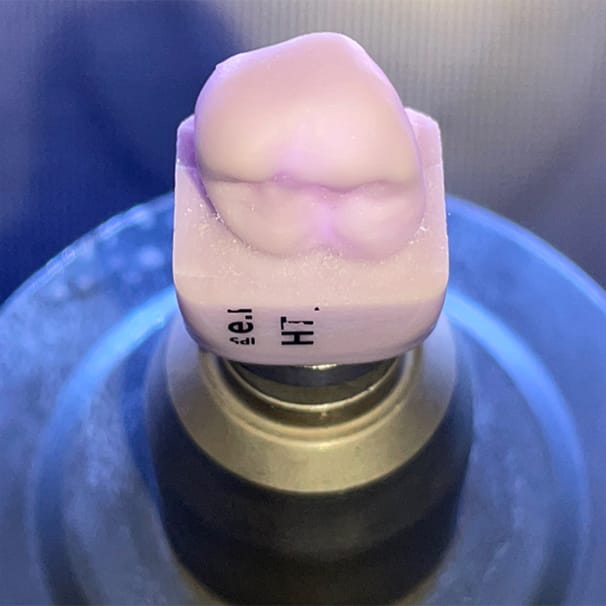
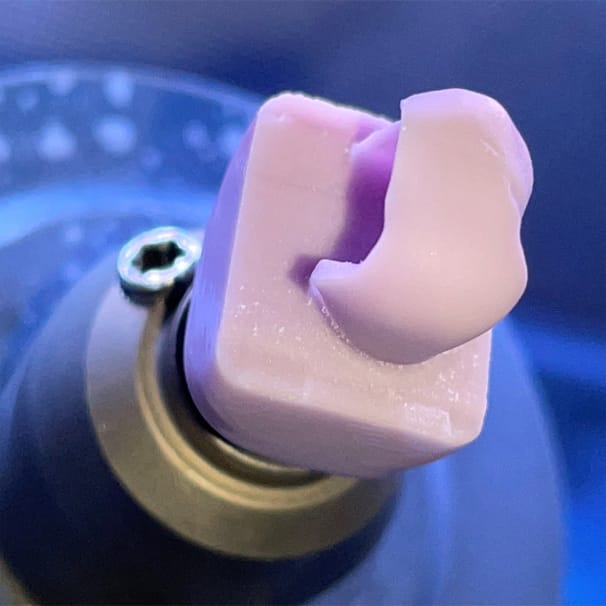
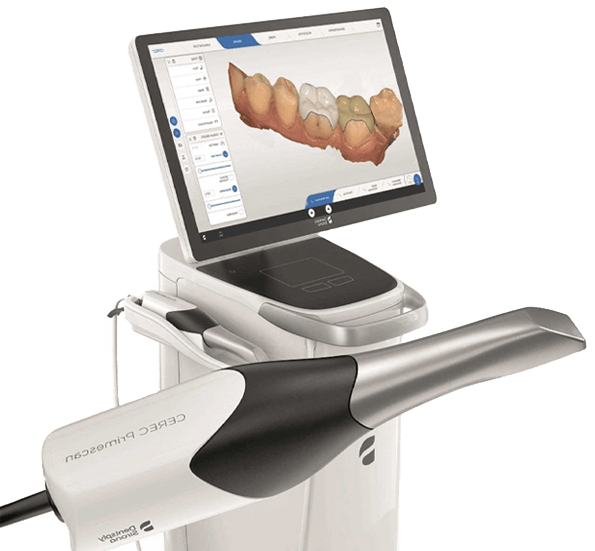
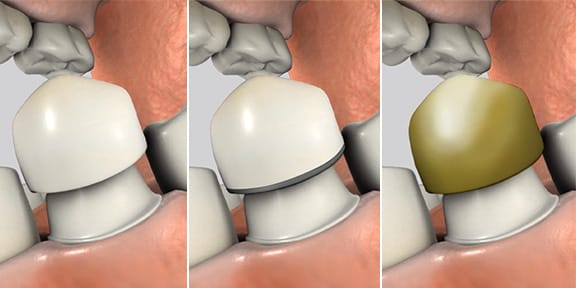
Types of Crowns
With today's advances in dentistry, there are several options when choosing a type of crown:
- Porcelain outer surface with a metal base crown
- Pure porcelain or composite crown
- All metal crown, which is usually gold
- EMAX, a lithium desilicated ceramic
- Zirconia, made from zirconium dioxide, a white powdered ceramic material.
They all differ in durability, strength, appearance and cost.

Zirconia Crowns
Zirconia dental crowns are made from zirconium dioxide, a white powdered ceramic material. Its ceramic properties and the fact that is milled from a single block make it a strong dental prosthetic. Zirconia’s ceramic properties and natural white coloring make for a relatively effortless match to the rest of your smile. It comes in several forms, each with its own level of translucency.
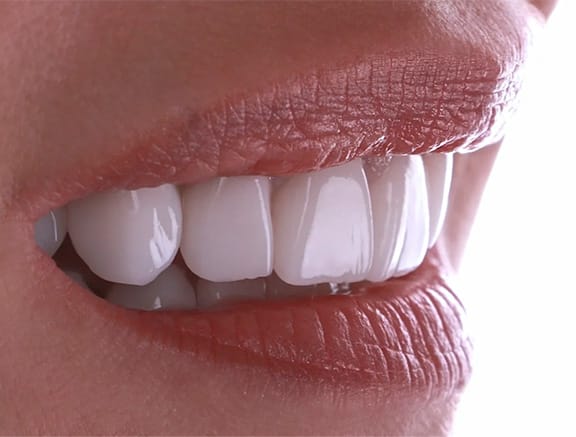
EMAX Crowns
EMAX crowns are made from lithium desilicated ceramic, a material that has been harvested for its translucent color and durability. You get a crown that is tough and durable, but looks exactly like your other teeth.
Full Porcelain Crowns
Porcelain crowns are a strong, durable porcelain which reinforces, or strengthens, weak, chipped, broken or cracked teeth. This durable porcelain is also resistant to stains and can be fabricated in a variety of tooth colored shades.
Porcelain crowns are a thin layer of porcelain designed to reinforce, or strengthen, a tooth that has been weakened. The tooth’s core is shaped so that the porcelain crowns slides over the core of the tooth and then meets the tooth at the gum-line,covering any exposed root surface.
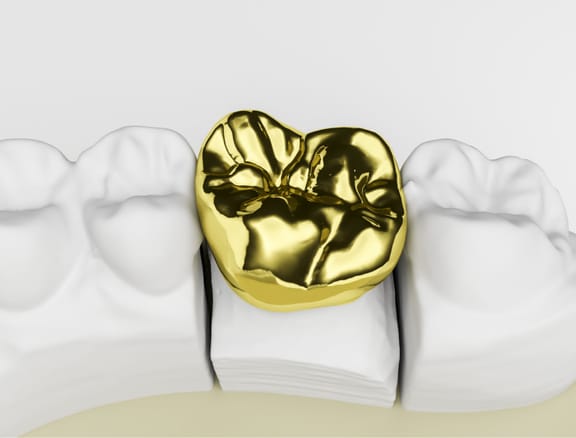
Gold Crown
The 'gold' standard. Dental gold is about 60% gold alloy which is meant to match the hardness of the enamel of opposing teeth so both wear about evenly, an important trait. Gold does not tarnish or corrode and has some bacterial-inhibiting quality. Gold crowns are strong and will not break. However, gold crowns obviously are not considered aesthetic; they are gold colored. Usually, gold crowns are used for lower back molars because they aren't as noticeable.
Porcelain Fused To Metal Crown (PFM)
The most common type of crown and has a proven track record. PFM crowns are fairly aesthetic and they look like real teeth. However, the margins or borders may appear dark because PFM crowns have a metal substructure with layers of porcelain fired over the substructure. Porcelain is very hard, much harder than natural enamel and may cause excessive wear of the enamel of opposing teeth. Porcelain may break with extreme biting forces.
Dental Bonding Procedure
Very little preparation is necessary for dental bonding and anesthesia is generally not required beforehand. We will use a shade guide to select a composite resin color that most closely matches the color of your existing teeth.
The surface of your tooth will be etched and a special cleaning/conditioning solution will be applied to allow the bonding resin to adhere to your tooth. Next, we will apply the bonding resin which is putty-like in consistency and can be molded into the desired shape necessary for your specific situation. Once the resin has been properly placed, molded and smoothed, we will use a special ultraviolet light that quickly hardens the resin.
After the resin has hardened completely, we will be able to fine-tune the shape of the resin as well as polish the material until it matches the sheen and overall texture of your natural teeth.